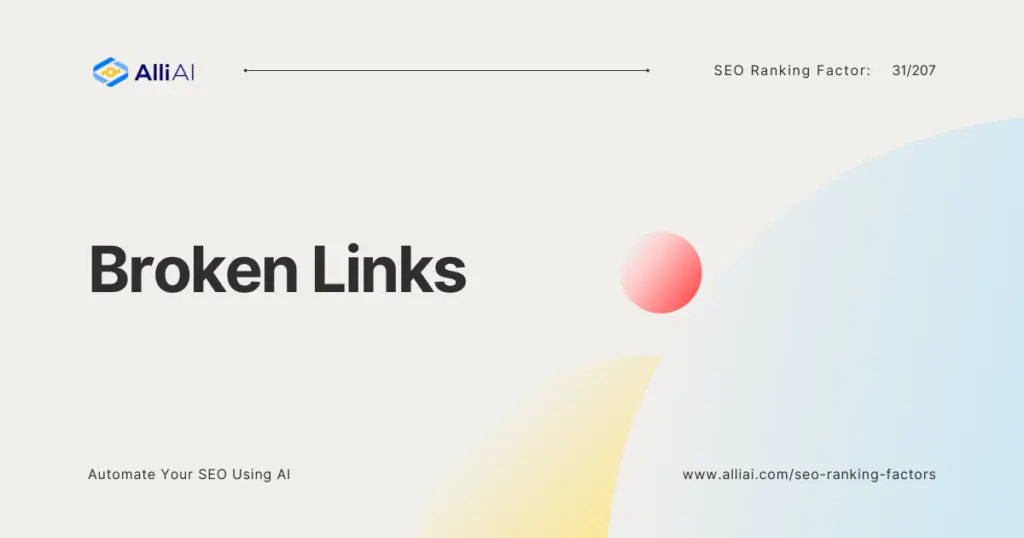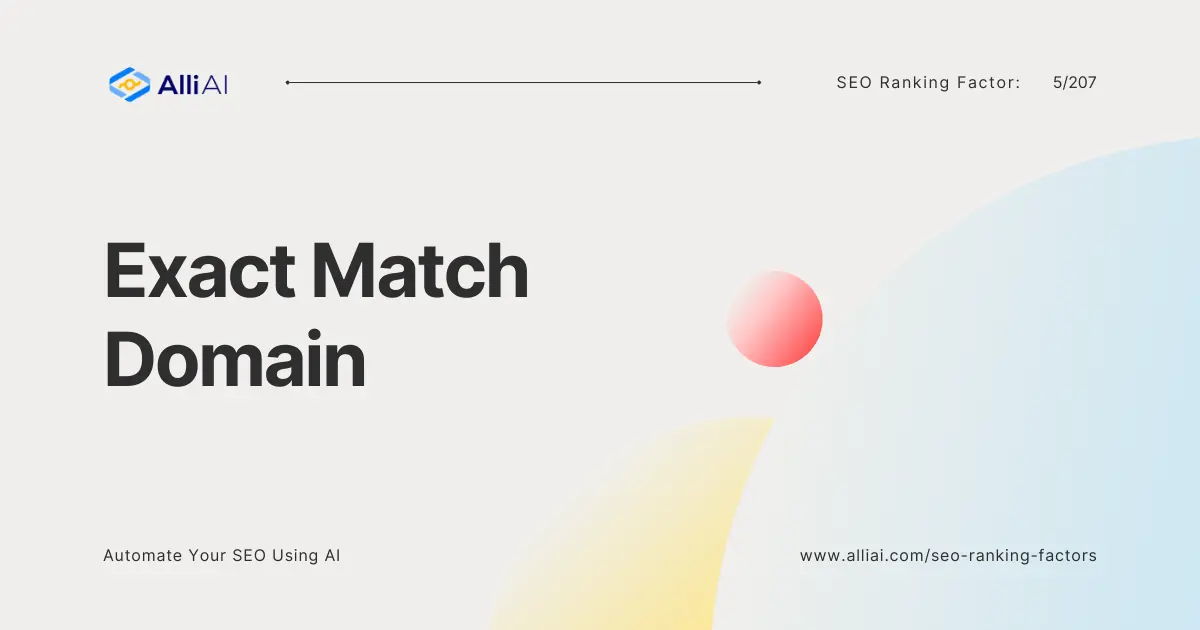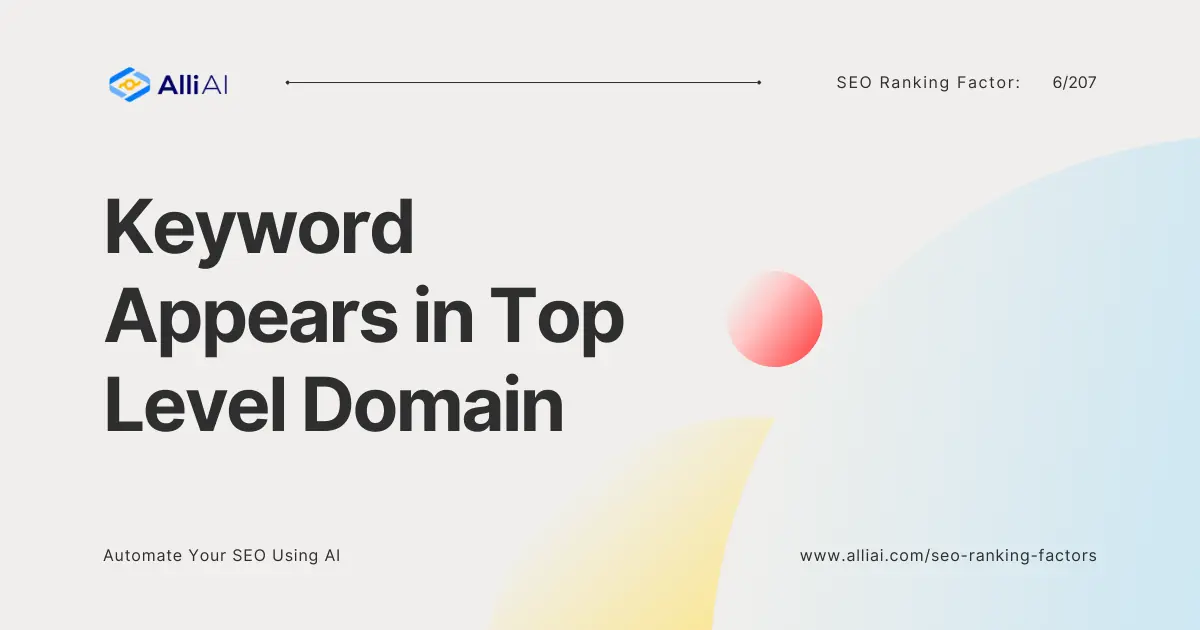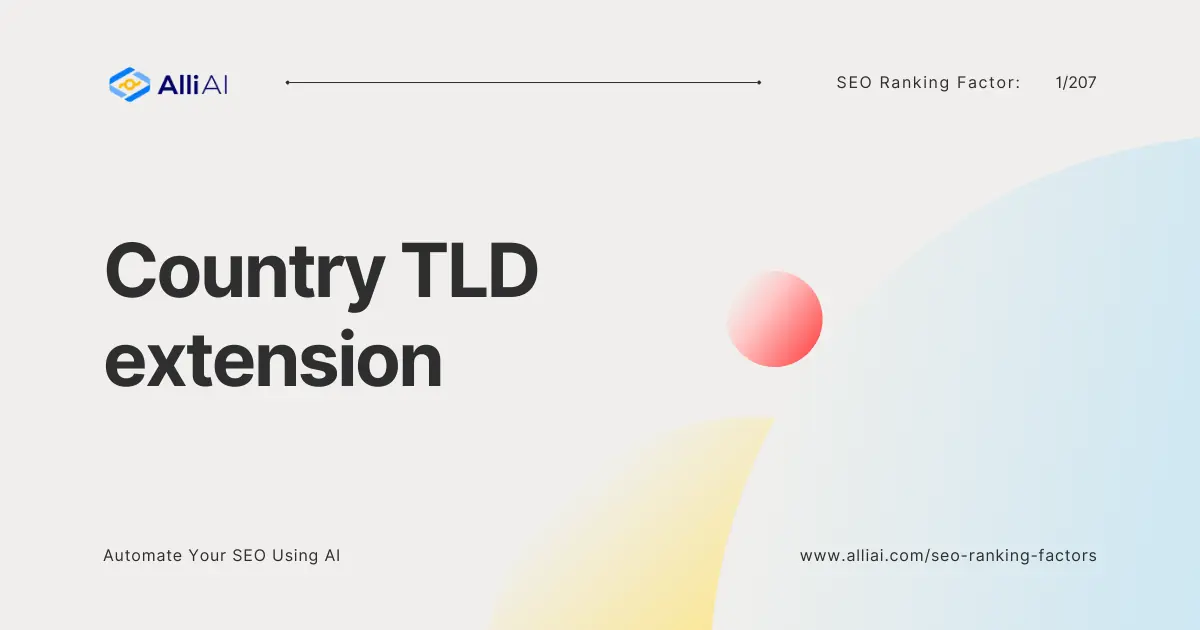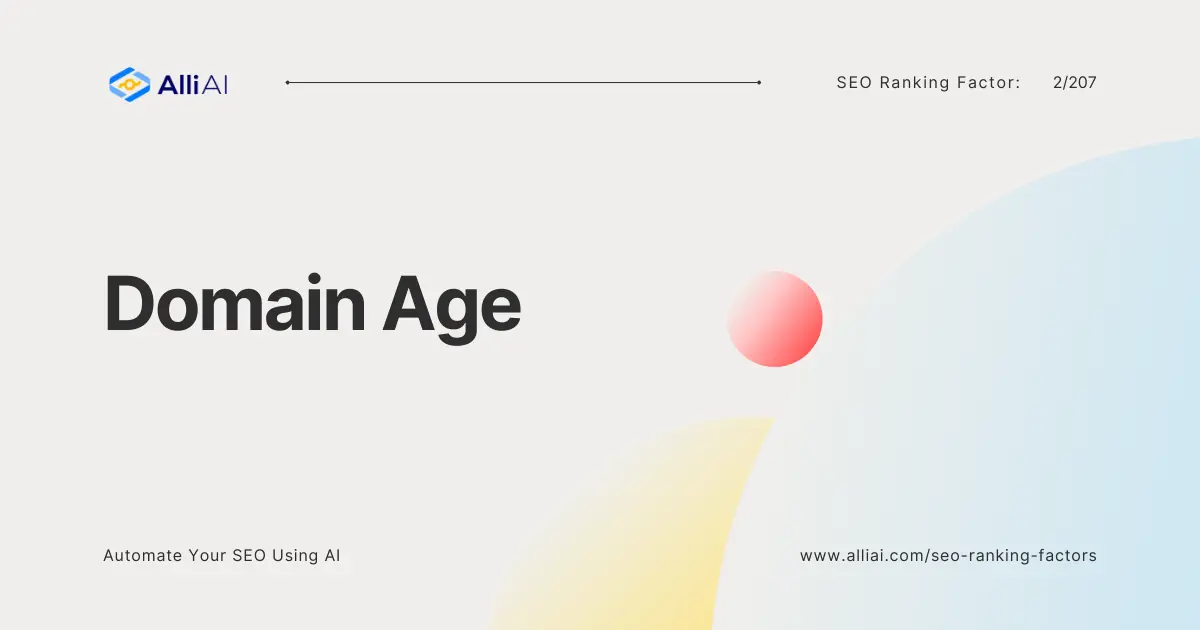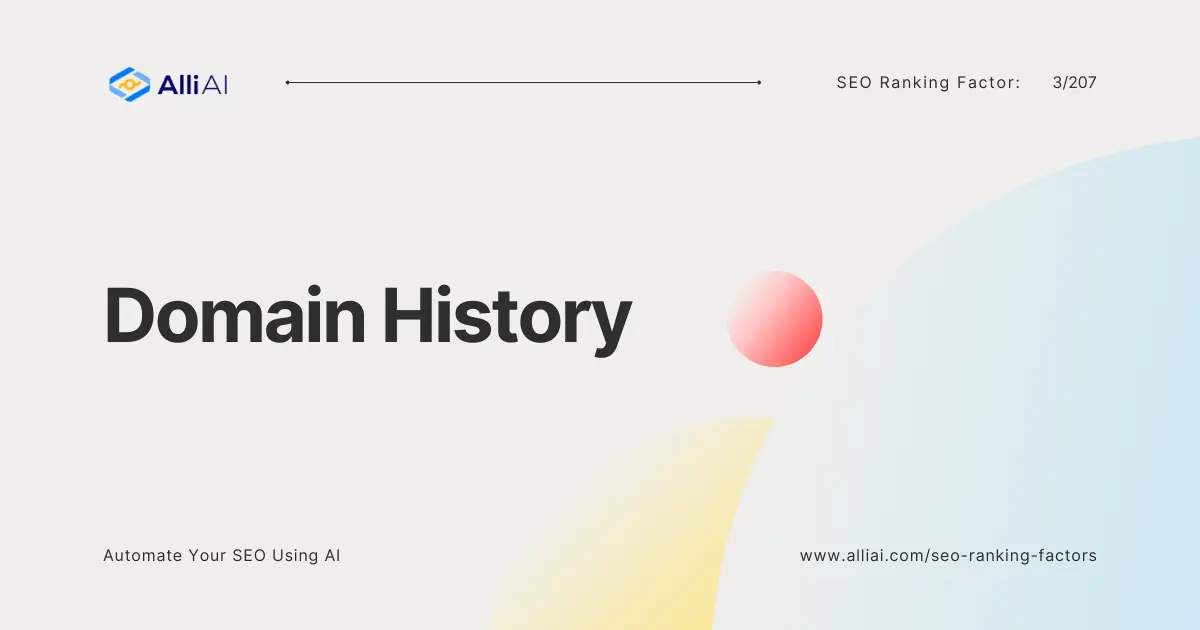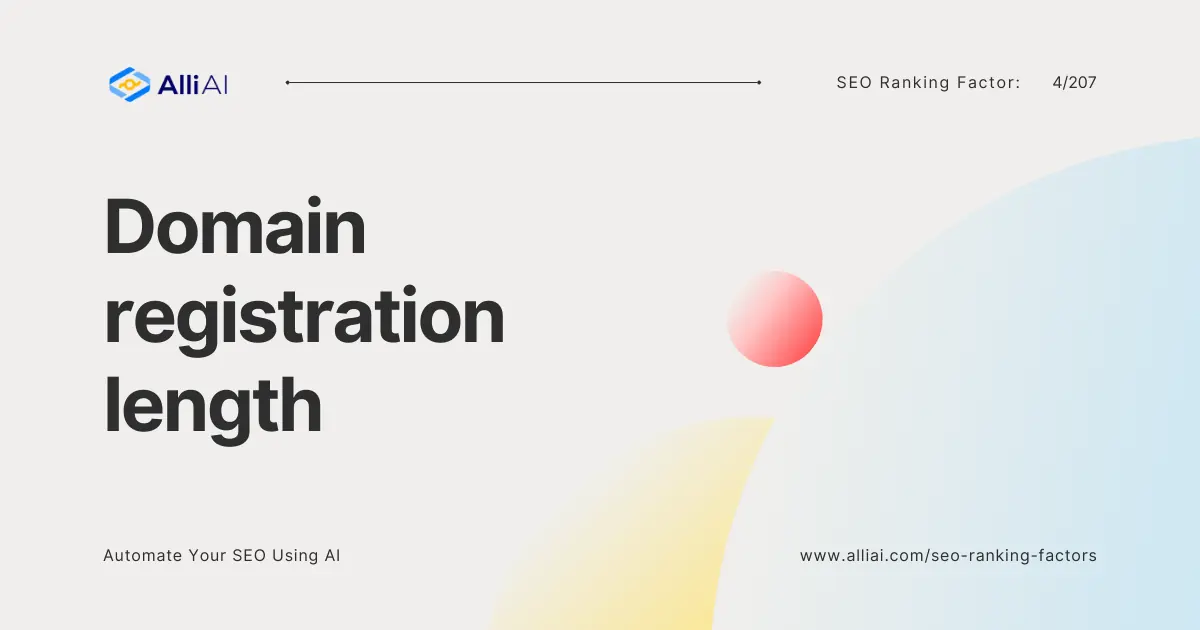What is a Broken Link?
A broken link, often referred to as a “dead link,” is a link on a web page that no longer works because it fails to lead to the desired webpage. This might occur because the linked webpage has been moved or deleted, the URL structure of the site has been altered, or there’s a typo in the URL.
Imagine you’re in a large supermarket, and you see signs pointing to various sections. You follow a sign that says “Fresh Fruits” because you want an apple, but when you get to the aisle, it’s empty, and there are no fruits. This misleading sign is akin to a broken link on a website – you’re promised to be taken somewhere (via the link), but when you ‘arrive,’ the content isn’t there.
Why is a Broken Link Important in SEO?
Broken links are crucial in SEO for a few reasons. Search engines like Google aim to provide users with the best possible experience. Broken links are seen as a poor user experience because they lead to frustration and disappointment, which can increase bounce rates and reduce the time users spend on a site. Search engines take these user interaction signals as cues to a site’s quality, influencing a site’s ranking in search results.
How Broken Links Affect SEO
Broken links can significantly impact your SEO efforts in several ways:
1. Decreased User Experience: Users encountering broken links may leave the site, increasing bounce rates and reducing average time on page, which negatively impacts your site’s perceived value to search engines.
2. Hindered Site Crawling and Indexing: Search engine bots crawl links to understand and index a website’s content. Broken links can block these bots from crawling effectively, potentially preventing some of your pages from being indexed.
3. Diluted Link Equity: Also known as “link juice,” link equity is the value passed from one site to another. Broken links on your website mean that any link equity intended to pass through those links is lost, weakening your site’s SEO strength.
FAQ
How Can You Find Broken Links on Your Website?
There are various tools and methods to identify broken links on your site, such as using Google Search Console, which reports crawl errors showing broken links Google has encountered or employing dedicated tools like Screaming Frog SEO Spider or Ahrefs to conduct a comprehensive site audit.
Are Broken Links Always Detrimental to SEO?
While broken links can negatively impact SEO, they can be managed and fixed, minimizing their adverse effects. Regularly auditing your site can help you find and fix broken links, improving your site’s user experience and SEO performance.
Can Redirects Solve The Problem Of Broken Links?
Redirects, particularly 301 redirects, can effectively manage broken links by rerouting users and search engines to a different, relevant page. However, it’s essential to use redirects judiciously to avoid creating redirect chains, which can also harm site performance.
Conclusion
Broken links are more than just minor nuisances; they represent significant obstacles to providing a stellar user experience and achieving optimal search engine rankings. By understanding the nature of broken links and their impact on SEO, you can take proactive steps towards identifying, fixing, or avoiding them. Doing so will not only improve your site’s user experience but also its standing in search engine results, driving more traffic and engagement in the long run. Keep in mind, maintaining a website is an ongoing process that includes regular check-ups and optimizations to ensure it stays in top shape for both users and search engines. Regularly auditing your site for broken links is a critical practice in this maintenance routine, ensuring your SEO efforts bear the desired fruits.
